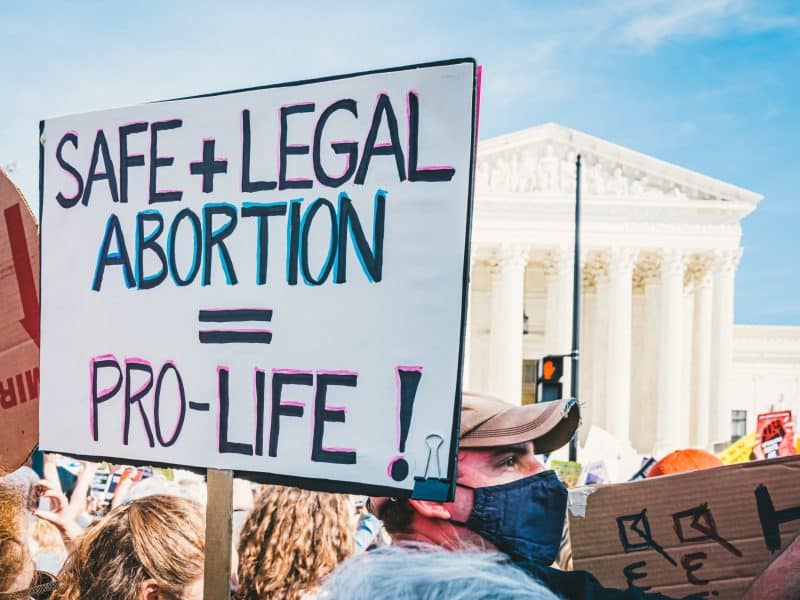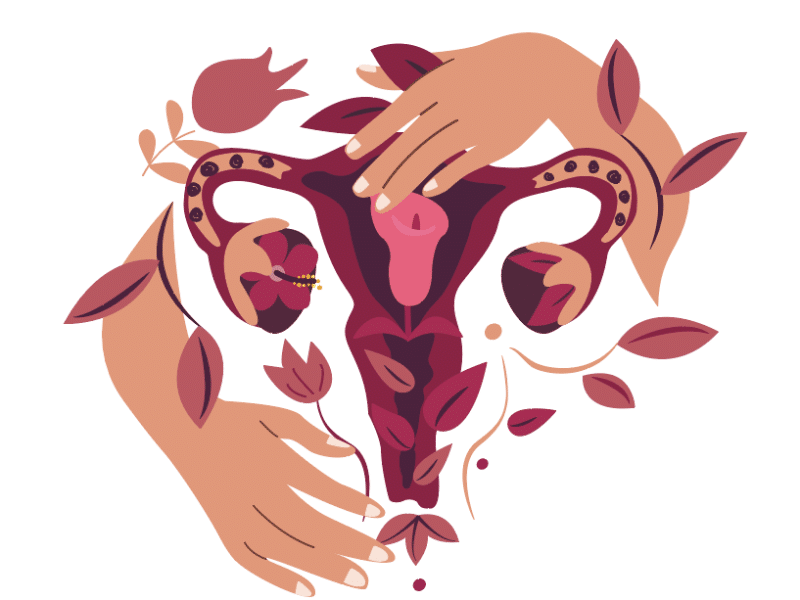
(WOMENSENEWS)–Lindsay Lohan, Nicole Ritchie, Kate Moss, Paris Hilton, Britney Spears, Whitney Houston, Amy Winehouse and other beautiful young celebrity women have become prime-time poster girls for the fast life.
Court-ordered ankle bracelets that electronically track abusive levels of alcohol in the body are glamorized as fashion statements. People magazine captioned a society party photo: “Lohan wore a bikini–and her alcohol monitor.” The Examiner tag-lined a similar fashion pose: “Lindsay models her alcohol monitoring ankle bracelet.” The brutal dehumanization, generated by drunken excesses and promiscuity, is redefined as high-tension energy and overwrought exhaustion.
The cure is an escape into a hospital or upscale rehabilitation retreat. That pit stop is then recalibrated by media spin artists as an experience of reflection, remorse and religious epiphany, which only re-whets the appetite and recharges the batteries so that the penitent can emerge, reborn, to do it all over again.
Hyped publicity and excessive amounts of money cushion the “bottom” hit by the media’s glamour girls, and consequently, the depth of their actual addiction illness is trivialized along with the larger problem of female addiction in this country.
The tortured, glorified and over-dramatized celebrity victims live in a world apart from thousands–maybe millions; no one knows exactly–of ordinary, demoralized, cast-off women who struggle, from one day to the next, trying to recover their lives from drug and alcohol abuse.
Unemployed, Unskilled, Destitute
I interviewed a reliable sample of these women and I promised to change their names to protect their privacy. But I also assured them that I would tell their stories because they are not suffering from overzealous media attention or public interest. Quite the opposite. Many are impoverished, unemployed, unskilled and destitute. But my interviewees were lucky enough to have found one of the scarce and unglamorous–but very critical–group residences and drug recovery locations: my family’s nonprofit Still Standing Recovery Ministry, run by “Rev. Ed” Leftwich. Many more such homeless addicts wander the streets in most of America’s cities and towns.
No paparazzi are chasing blond 19-year-old Ava as she staggers from the crack house after a four or five-day binge. And that’s a good thing because Ava looks like hell and smells worse. She is dirty, battered and bruised. She has lost her struggle with the drug-crack-dope-alcohol habit again. She is penniless. She paid for her drugs with bartered goods, often stolen, or with her battered body. Either form of currency bought her a high that was short and unsatisfactory. Now that she also is homeless again her ritual will soon resume.
Pedestrians hardly notice that the paramedics, once again, are scraping Tracey, a 30-year-old black woman, off the pavement at the edge of a public park near downtown. She has been lying there since early morning, apparently asleep, when in fact she has overdosed on methamphetamine. She will be revived in the emergency room (or maybe not, this time) and then placed in the locked-down detoxification ward for three to seven days. She will be discharged wearing the same clothing in which she arrived, still homeless.
Victoria, a 24-year-old Latina, works in a fast-food store trying to maintain a routine that might keep her from relapsing into a crack-induced stupor. Yet when she gets her pay, the siren call of her habit is stronger than her resolve and she “drops by” an old haunt to “check things out.”
‘Just One Hit’
The pay in her pocket was intended for her rent and her promised contribution to her grandmother who cares for her 4-year-old son. But guilt about her child and her need to stifle loneliness in the company of the guy who is looking her way convince her to take “just one hit” on the crack pipe. There is no such thing as just one hit, so her disease becomes fully active again.
Soon she has lost her job. Without income, she moves in with a dealer who supplies her with drugs in exchange for sex and violence.
There are very few published studies that focus exclusively on female drug addicts who are trying to recover. But if we want to help these women, we must devote to them a portion of the attention we lavish on their glitzier, richer counterparts. The problems of these women are obvious and understandable. Just ask 31-year-old Simone.
“I could really use some help in the mental health area and knowing how to get clean and stay clean,” Simone says. “I have survived on dope. I consider myself a homeless person, and I was homeless, once for almost two years . . . in terms of living with some man or sleeping on a couch in someone else’s house. But I’ve slept in a box on the street too. I know how to survive. I learned how to ‘remote myself,’ to have (commercial) sex but not really be there.”
‘Partying Was Too Important’
Simone says she grew up poor but managed to go to college for two semesters. Then she started acting in ways that might echo the young superstars but have far worse consequences in her case.
“I got introduced to stripping in bars. I mean, I tried to continue going to school but partying was too important . . . Within a year of my first hit (on a crack pipe) I was strung out . . . I was only 19. I had a son (but) I gave him up because he was getting big and demanding and he was cutting into my get-high-time. Frankly, I wanted him to have a better life than I’d had. When I got busted with an A-1 felony for having dope all in my stuff . . . I began my stint of using, abusing, tricking (prostituting), homelessness. I’d use my last $20 to buy crack.
“I knew nothing about recovery or about doing something different. I really didn’t think anything was wrong with me. Really. Here I am looking at a 15-to-life sentence, and I really didn’t think anything was wrong with me?”
Simone went in and out of local alcohol crisis centers and in and out of detoxification programs. “I’d do the halfway house thing and I’d get cleaned up for a little bit . . . but I was young and there was a lot to come that I had no clue that I was headed toward.”
Simone told me she’s afraid that she’ll never live life the way it ought to be lived. “But as long as I’m alive, I’ve got a chance.”
Today she is serving a long jail term. The official charge was violation of parole, stemming from numerous previous arrests. But what she’s being punished for is her unglamorous, self-destructive and disregarded life style and addiction. It’s a common outcome for ordinary, female street addicts.
An even worse but also not uncommon outcome was Tracey’s.
About one year after my interview with her, her body was found in a Dumpster.
Dr. Yvonne Scruggs-Leftwich chairs the Center for Community and Economic Justice Inc.’s Sojourner Truth Forum for Interactive Justice, headquartered in St. Petersburg, Fla., and is a professor at the National Labor College in the Washington, D.C., area. Her newest book, “Sound Bytes of Protest,” will be published this October.
Women’s eNews welcomes your comments. E-mail us at editors@womensenews.org.
Other Women’s eNews commentaries by Scruggs-Leftwich:
| July 4, 2007 | HIV-AIDS and Black Women? Time for Fireworks |
| Oct 19, 2005 | C. DeLores Tucker Led the Way for All Women |
| Aug 27, 2003 | Women’s Groups Unite behind Moseley Braun in 2004 |
| Aug 28, 2002 | Court Nominee Shedd Is Hostile to Women’s Rights |
| Jan 30, 2002 | King’s Dream of Economic Parity Eludes Black Women |
| Sep 19, 2001 | Confronting Racism Would Enhance U.S. Security |
| Jul 04, 2001 | Toward an Independence Day for All to Celebrate |
| Feb 28, 2001 | Black Women Are Touching the Sky |
| Jan 15, 2001 | Dr. Martin Luther King: ‘Give Us the Ballot’ |
| Nov 15, 2000 | Significance of Black Women’s Vote Ignored |
| Sep 27, 2000 | Black, Latina Women Locked in Jailhouse, Poorhouse |
| Aug 24, 2000 | Candidates: Don’t Underestimate Black Women |


